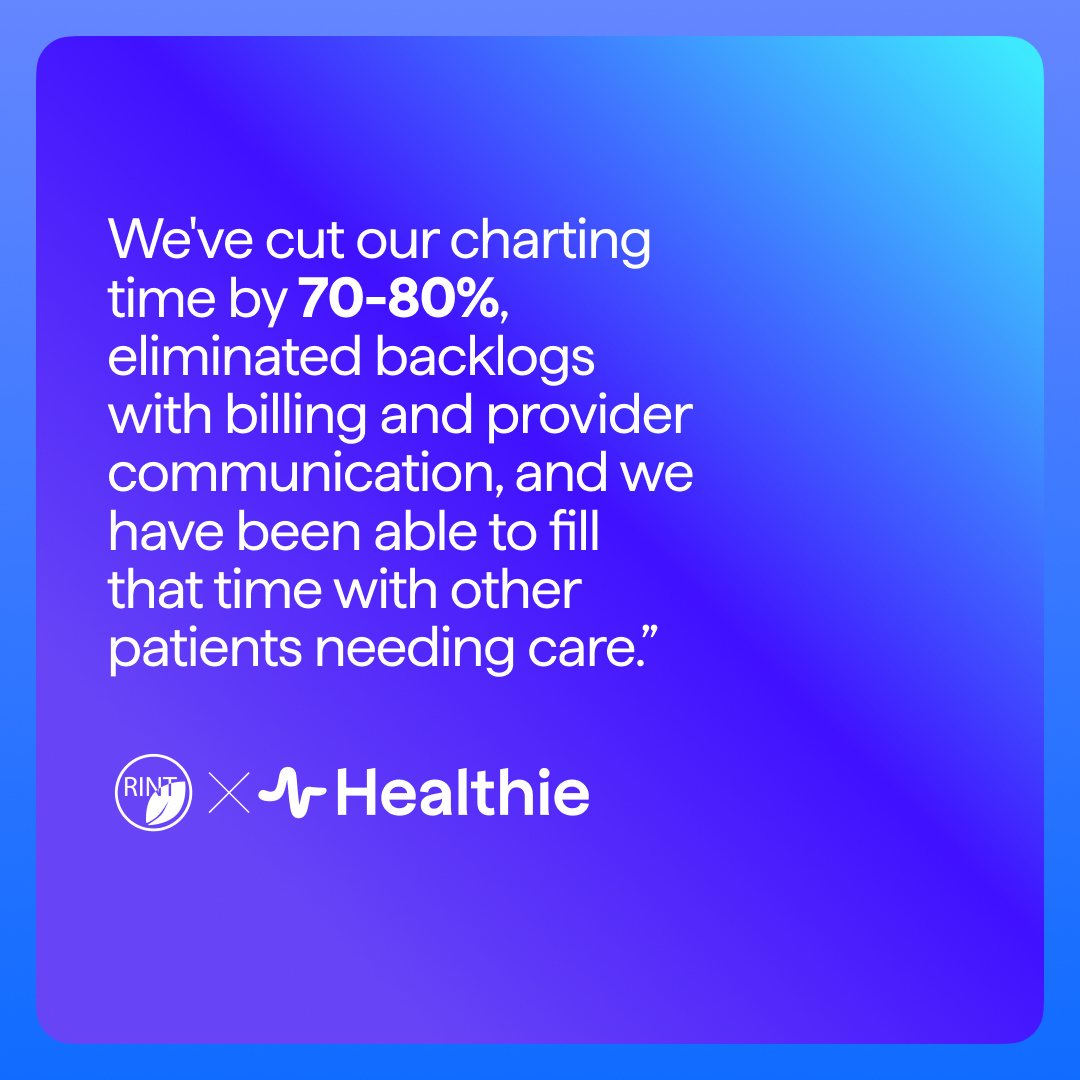Voice-To-Text
What are the benefits of using Voice-To-Text in healthcare?
Voice-to-text is a powerful tool that can be used in healthcare to help providers document patient encounters more efficiently. By using voice-to-text, providers can avoid the need to type out long patient notes by hand, which can save time and improve accuracy.
There are many potential benefits of using voice-to-text in healthcare. One benefit is that it can help to improve documentation accuracy. When providers dictate patient notes using voice-to-text, they can avoid making errors that can occur when typing out notes by hand. This can be especially important in cases where a patient’s health information is complex or detailed.
Another benefit of using voice-to-text in healthcare is that it can help to save time. By dictating patient notes, providers can avoid the need to type out long notes by hand. This can free up time that can be used to see more patients or to provide more comprehensive care.
Voice-to-text can also help to improve provider satisfaction. When providers are able to document patient encounters more efficiently, they can feel less stressed and more satisfied with their work. This can lead to improved patient care and better provider retention.
Overall, there are many potential benefits of using voice-to-text in healthcare. By using voice-to-text, providers can improve documentation accuracy, save time, and improve provider satisfaction. These benefits can lead to improved patient care and better provider retention.
How does Voice-To-Text work in healthcare?
Voice-to-text is a type of speech recognition technology that is commonly used in healthcare. It allows clinicians to dictate their notes into a computer, which can then be transcribed into text. This can be a time-saving tool for clinicians, as they can dictate their notes while they are seeing patients or performing other tasks. Voice-to-text can also be used to create documents, such as discharge summaries or progress notes.
There are a few different ways that voice-to-text can be used in healthcare. One way is for clinicians to dictate their notes into a computer or mobile device. The device will then transcribe the speech into text. This can be a time-saving tool for clinicians, as they can dictate their notes while they are seeing patients or performing other tasks. Voice-to-text can also be used to create documents, such as discharge summaries or progress notes.
Another way that voice-to-text can be used in healthcare is for patients to record their own medical history. This can be helpful for clinicians, as they can get a more complete picture of the patient’s health. Patients can also use voice-to-text to record their symptoms or side effects from medication. This can be helpful for clinicians to track the patient’s progress.
Voice-to-text can also be used for educational purposes. For example, medical students can use voice-to-text to record lectures. This can be a helpful way to review material, as they can listen to the lecture at a later time. Voice-to-text can also be used to create educational materials, such as patient handouts or PowerPoint presentations.
There are a few things to keep in mind when using voice-to-text in healthcare. First, it is important to ensure that the person dictating the notes is speaking clearly. This will help to ensure that the transcription is accurate. Second, it is important to proofread the text before it is sent to the patient or used for any other purpose. This will help to ensure that there are no errors in the text.
Voice-to-text can be a helpful tool for clinicians, patients, and medical students. It can be used to save time, create documents, and review material. It is important to keep in mind a few things when using voice-to-text, such as speaking clearly and proofreading the text.
What are some common issues with using Voice-To-Text in healthcare?
Voice-to-text is a popular way to input text, but it can be difficult to use in healthcare. Here are some common issues:
1. Accuracy: Voice-to-text can be inaccurate, especially when used in a noisy environment. This can lead to errors in medical records and other important documents.
2. Confidentiality: Voice-to-text can be used to transcribe confidential information, such as patient records. This raises concerns about who has access to the transcripts and how they might be used.
3. Security: Voice-to-text can be used to input sensitive information, such as credit card numbers. This raises concerns about the security of the system and the potential for identity theft.
4. Accessibility: Voice-to-text can be difficult to use for people with disabilities, such as those who are deaf or hard of hearing. This can limit their access to important information.
5. Cost: Voice-to-text systems can be expensive, which can limit their use in healthcare.
6. Training: Voice-to-text can be difficult to use, and users may need training to use the system effectively.

